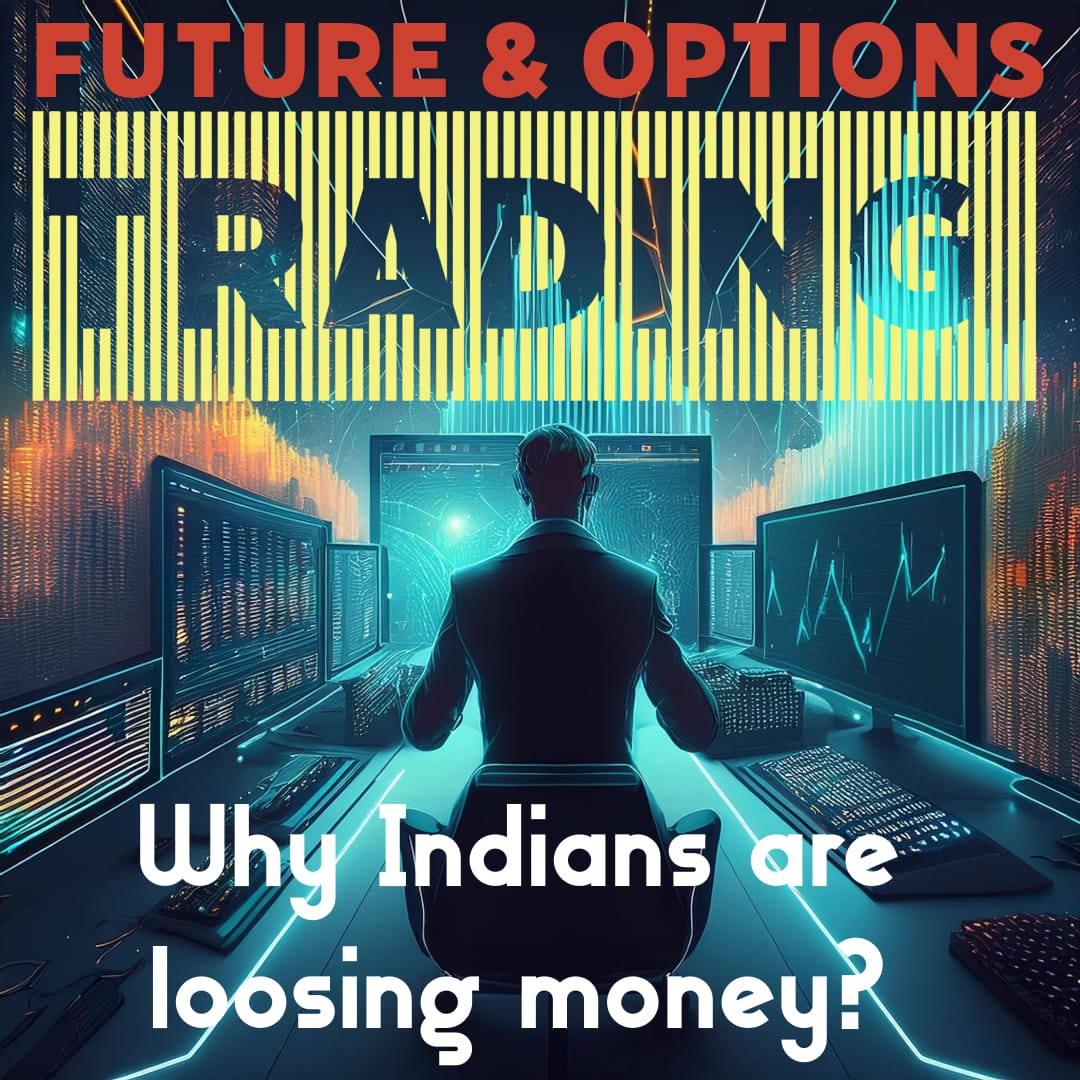Futures and Options (F&O) are derivatives that allow investors to speculate on the future price of underlying assets, such as stocks or commodities. They provide opportunities for hedging and leveraging, attracting many retail investors in India. However, despite the allure of high returns, a significant number of traders incur losses.
What are Futures and Options?
• Futures: Contracts obligating the buyer to purchase, or the seller to sell, an asset at a predetermined price on a specified future date.
• Options: Contracts that give the holder the right (but not the obligation) to buy or sell an asset at a specified price before a certain date.
Reasons for Popularity and High Losses
1. Accessibility of Trading Platforms:
• The rise of digital trading platforms has made it easier for retail investors to participate in F&O trading. Many platforms offer user-friendly interfaces, low fees, and educational resources.
• Reference: SEBI Reports
2. Potential for High Returns:
• F&O trading can yield substantial profits due to leverage, allowing traders to control larger positions with smaller amounts of capital. This attracts risk-takers who may underestimate the associated risks.
3. Lack of Knowledge and Experience:
• Many retail investors enter the market without a solid understanding of technical analysis, market trends, or risk management. This lack of knowledge often leads to poor trading decisions.
• Reference: Economic Times
4. Herd Mentality:
• Investors often follow trends or the actions of others without conducting their own analysis. This can lead to collective losses, as many traders might buy or sell at the same time based on popular sentiment.
• Reference: Moneycontrol
5. Market Volatility:
• The Indian stock market can be highly volatile, which increases the risk of losses in F&O trading. Sudden price movements can wipe out positions, especially for traders who use high leverage.
• Reference: NSE India
6. Overtrading:
• Some traders engage in excessive trading, believing they can recover losses through more trades. This can lead to a cycle of losses, as transaction costs mount and poor decisions multiply.
• Reference: Financial Express
Facts and Statistics
• As of 2023, it is estimated that nearly 90% of retail traders in the F&O segment incur losses, highlighting the high-risk nature of this trading strategy.
• The average loss per trader can exceed ₹1 lakh annually, contributing to a significant financial burden for many participants.
Sources for further details:

Who is Winning?
While a majority of retail investors face losses, institutional investors and high-frequency traders often benefit from their expertise, resources, and advanced trading strategies. These players utilize algorithms and in-depth market analysis to make informed trades, thus profiting from the volatility and inefficiencies in the market.
Is it Ethical?
The ethical implications of F&O trading are complex. While it provides opportunities for hedging and price discovery, the prevalence of retail losses raises concerns about whether appropriate safeguards are in place. Regulators like the Securities and Exchange Board of India (SEBI) continue to monitor the market to protect investors, but the inherent risks associated with leveraged trading remain.
Conclusion
India’s F&O market offers both opportunities and challenges. While it has become increasingly accessible, many retail traders must navigate the complexities and risks involved. Educating investors, implementing robust risk management strategies, and understanding market dynamics are crucial for success in this volatile environment. For more insights on the financial markets, refer to the links provided above.




